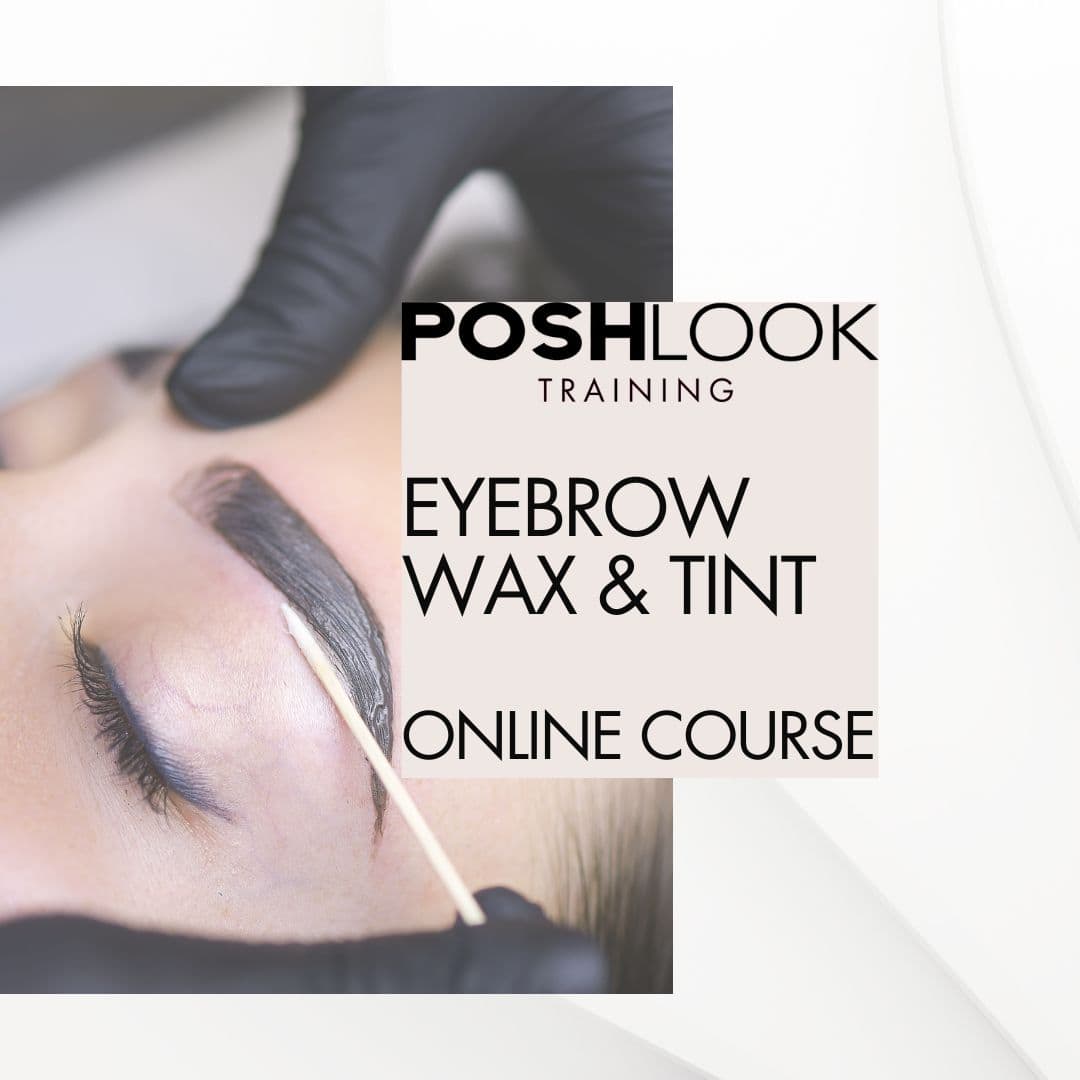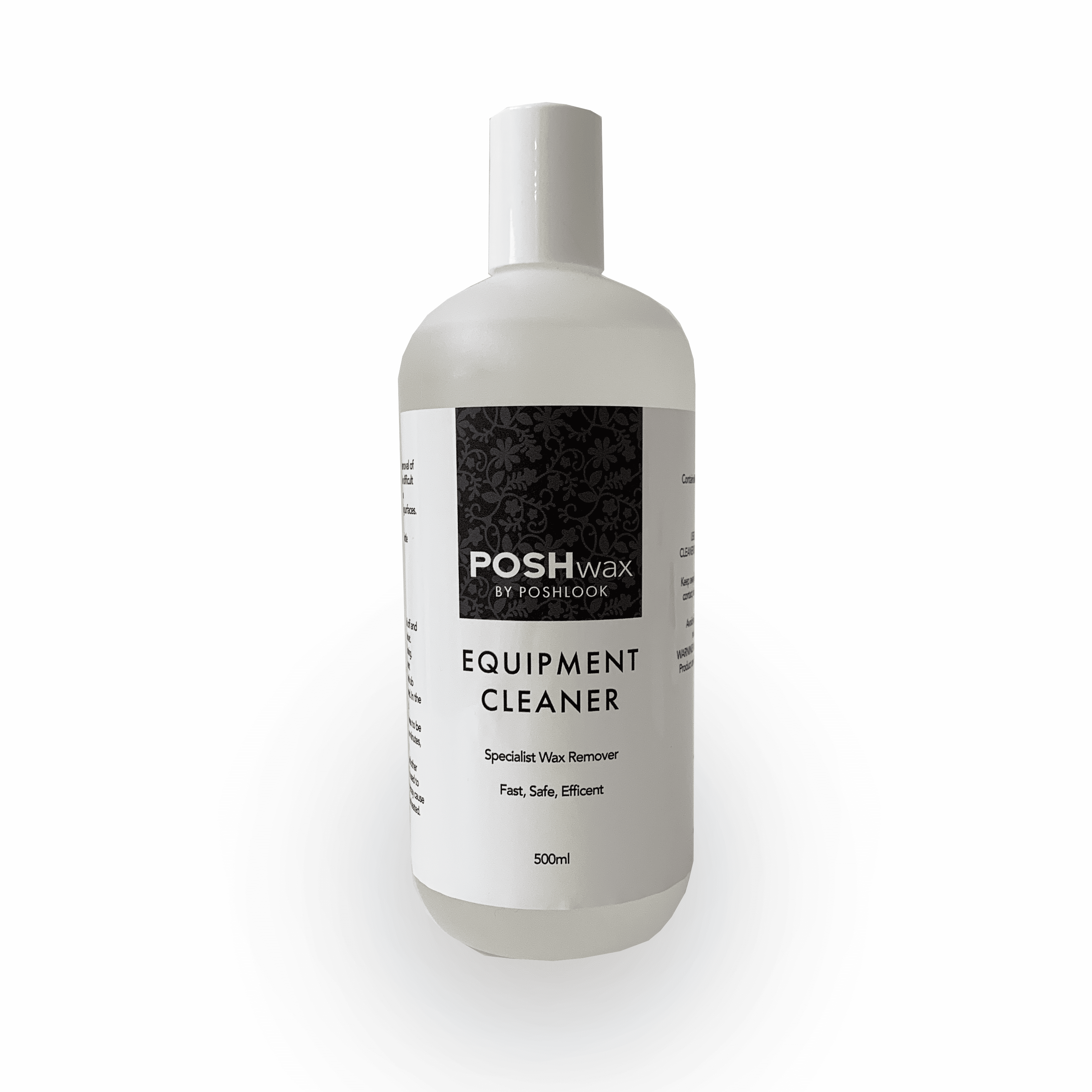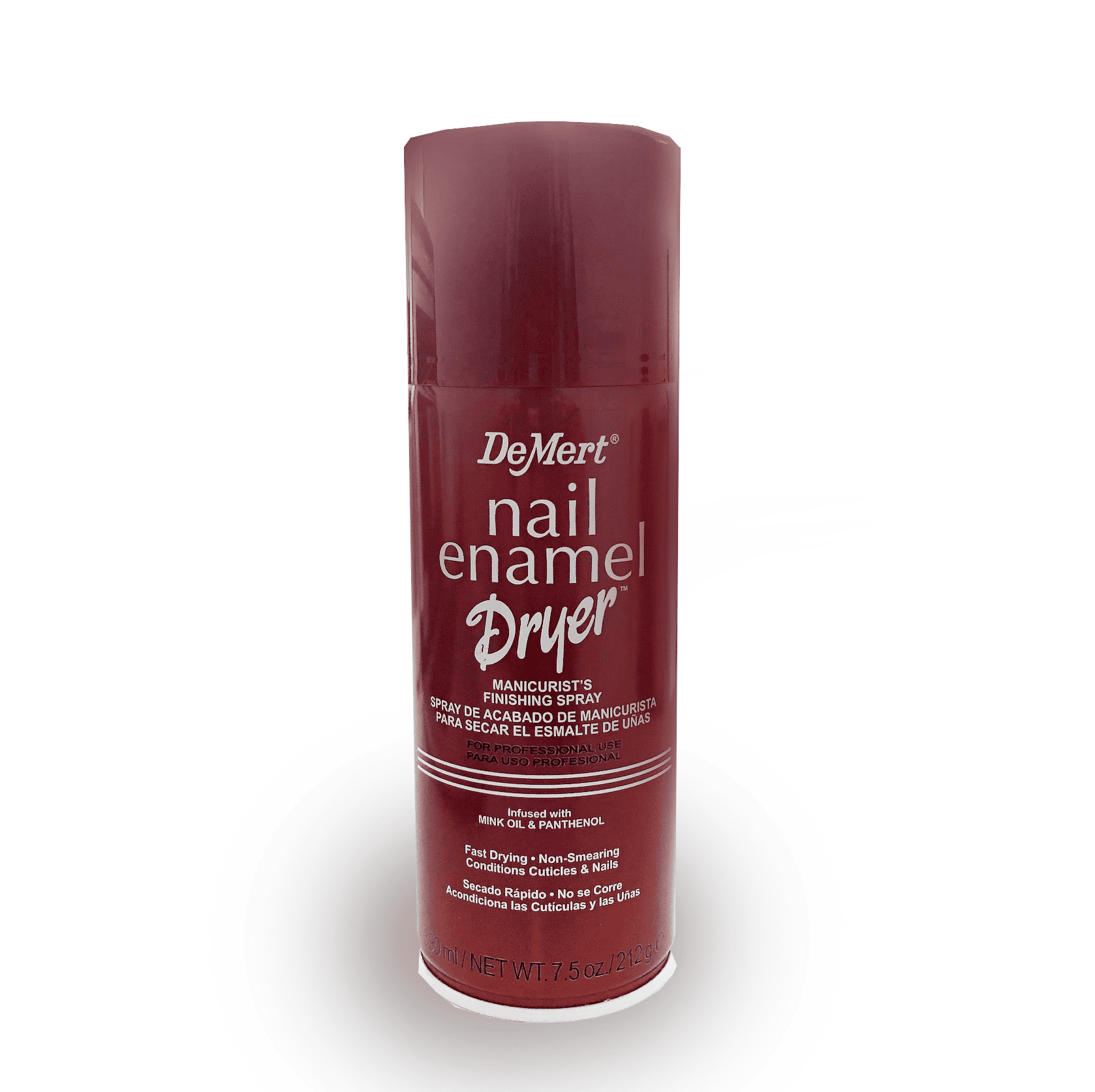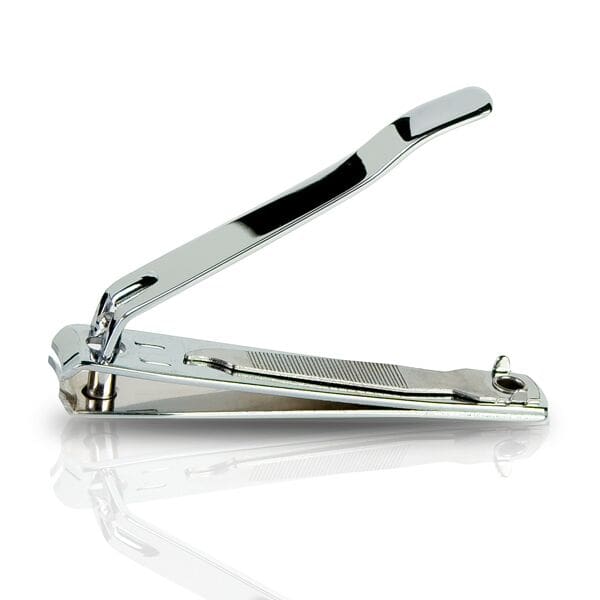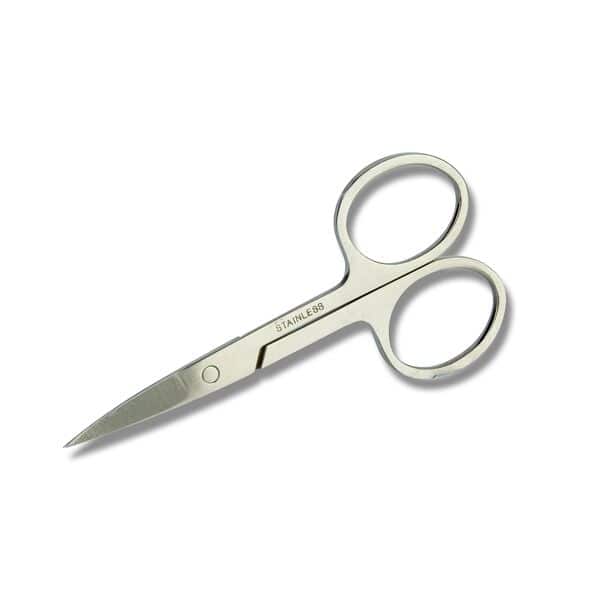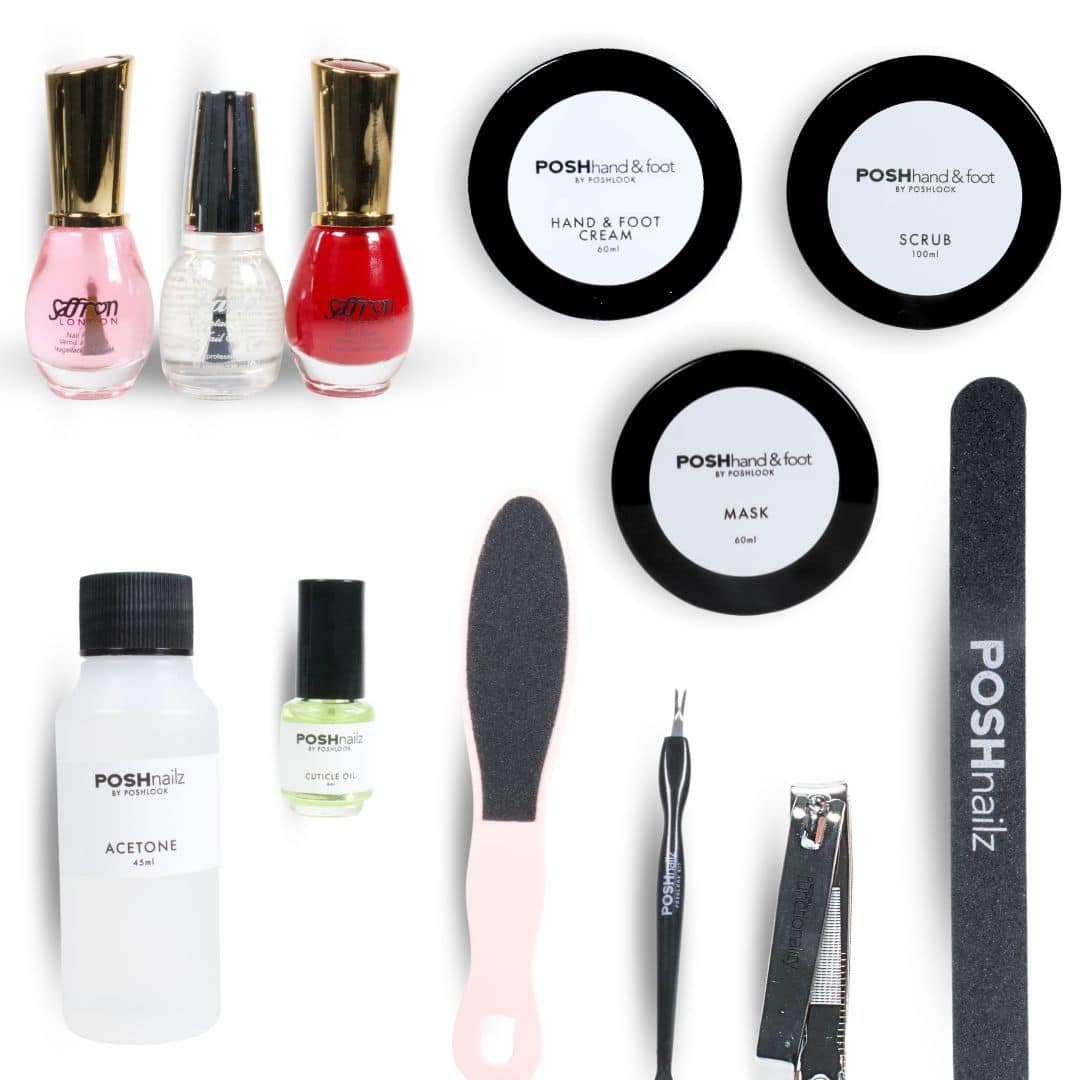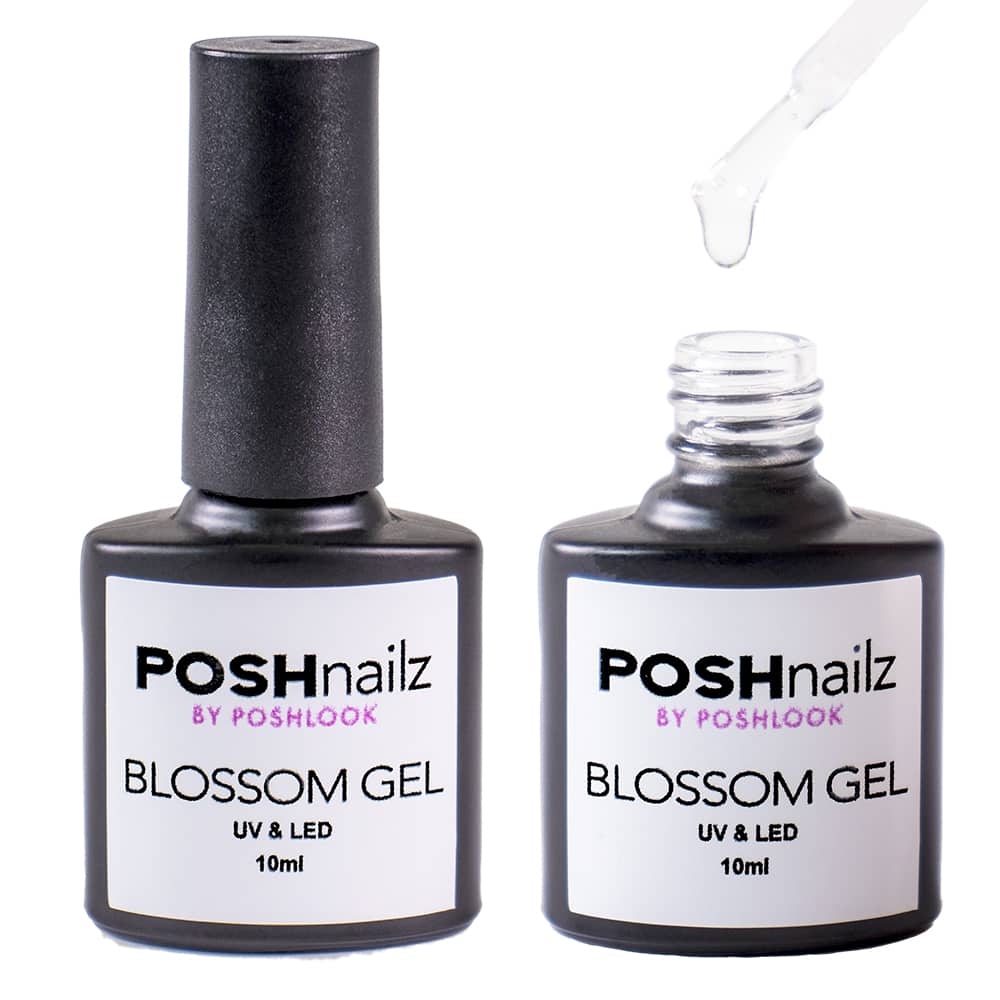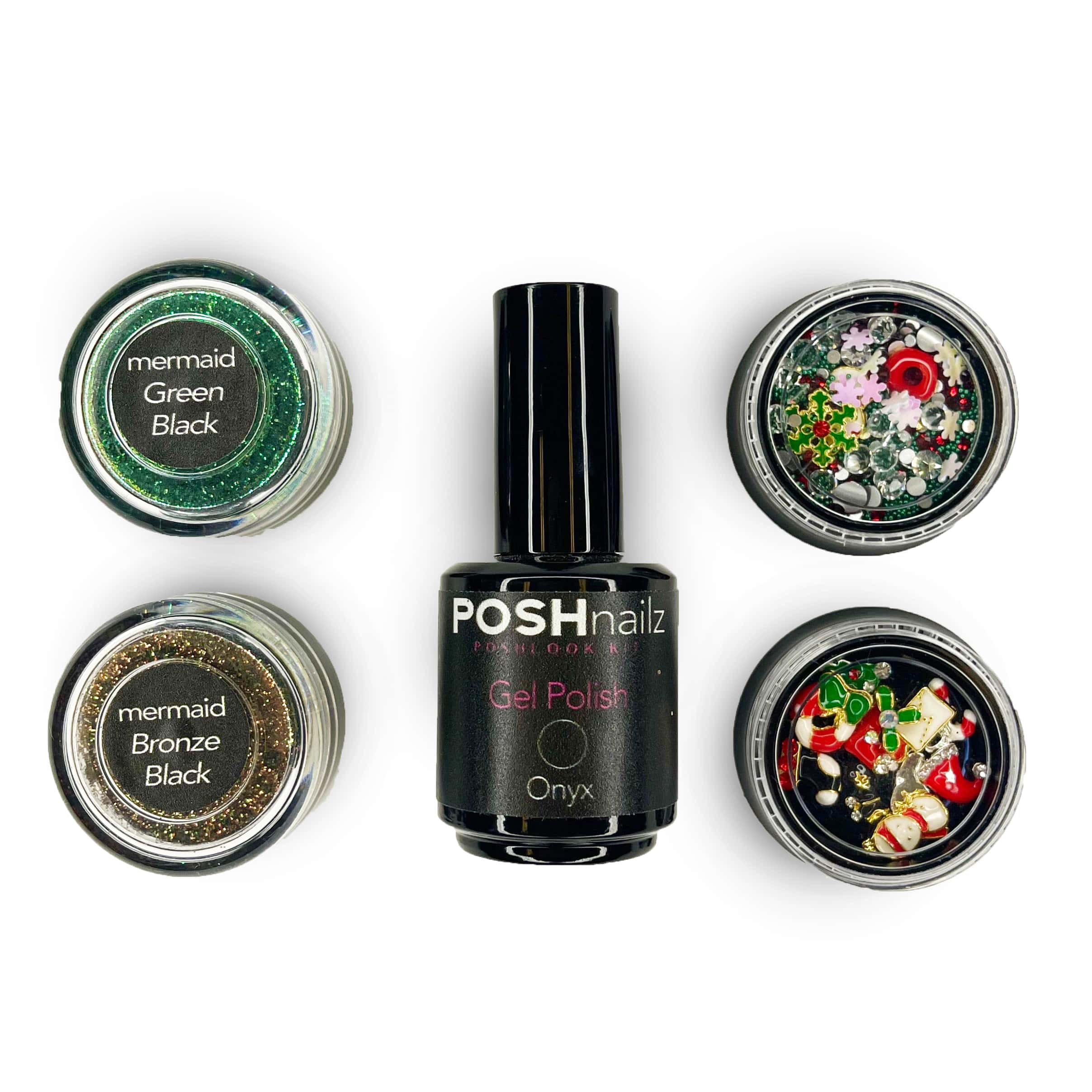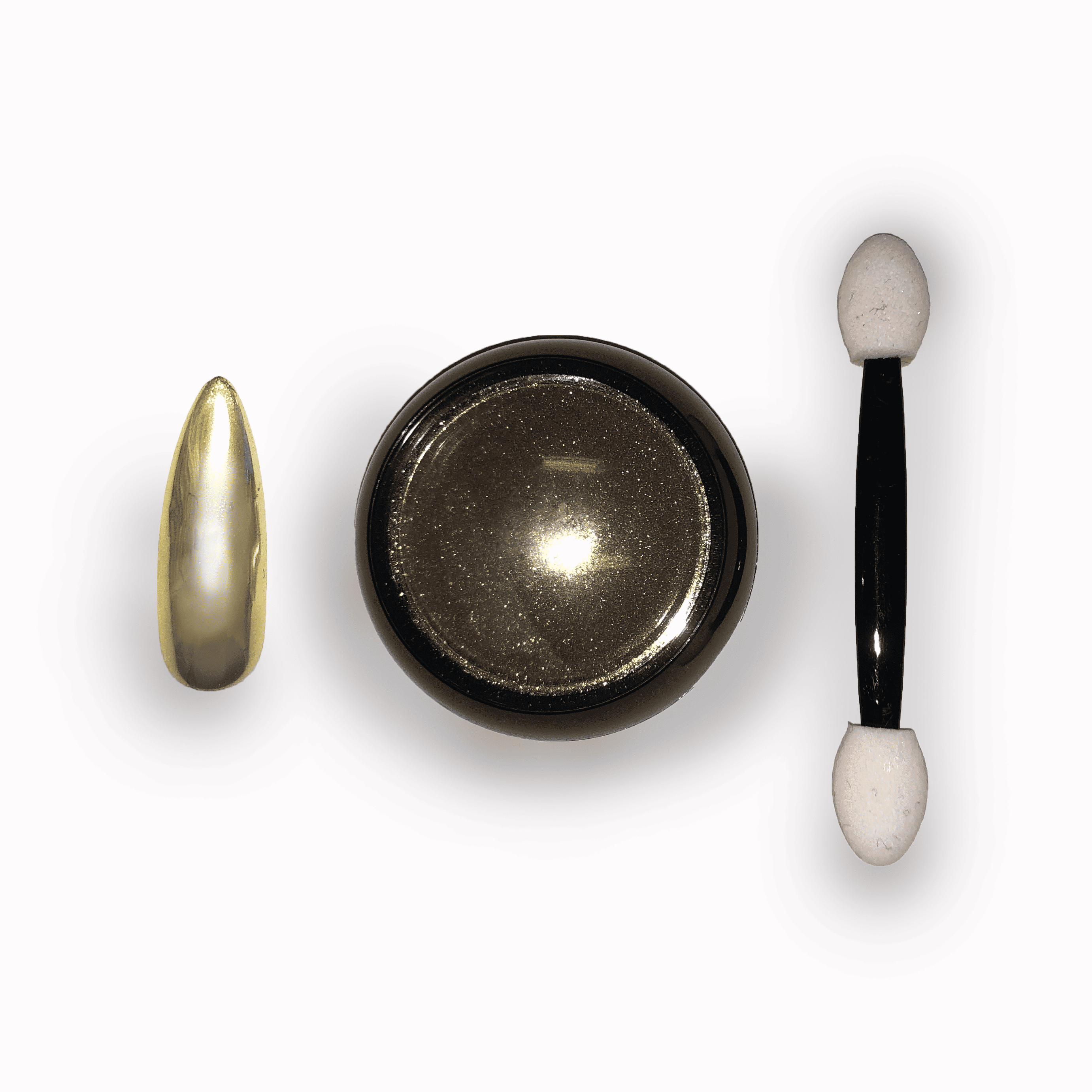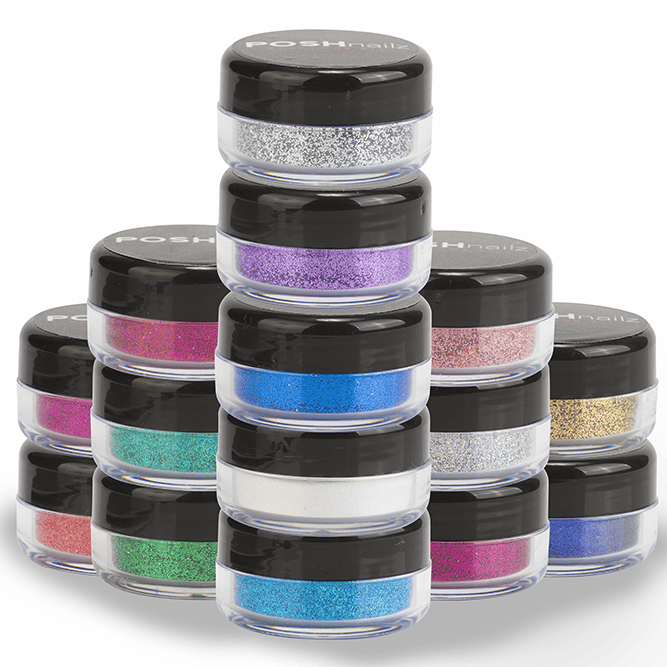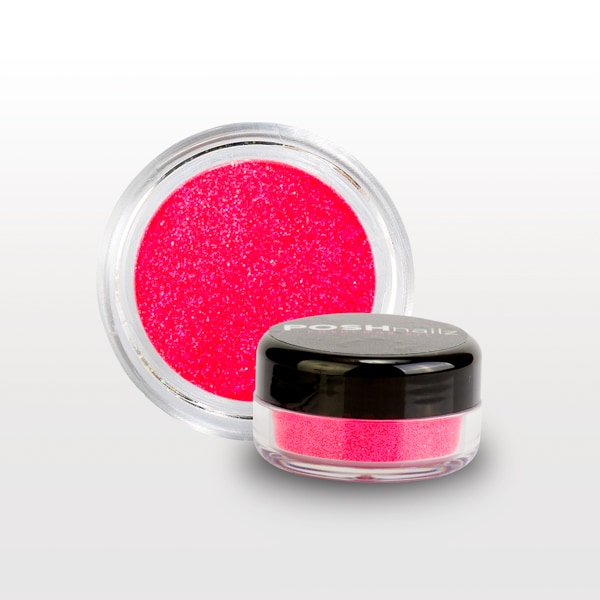[vc_row][vc_column][vc_column_text]
If you don’t want to spend all your time administering treatments to clients and want to run a salon, start your journey here.
Salon ownership is a huge commitment, and you have to have a keen business brain, as well as a passion for the industry.
Ask Yourself: Is This My Passion?
[/vc_column_text][vc_row_inner][vc_column_inner][vc_single_image image=”2371″ img_size=”full” alignment=”center”][/vc_column_inner][/vc_row_inner][vc_column_text]If you’re trying to open a salon as a passive income, should you do it in the first place? You’ll either be investing a lot of your own money into the project or taking out a hefty loan, so if you lose interest, there’s a big price to pay.
If you’re already in the industry as a salon manager, therapist or stylist (and you love it!) you’ve already got a hint that you’ll love running a salon.
If you’re moving from a different industry or career, how do you know if you’ll like it? Getting your nails done every week doesn’t mean you’ll enjoy running a salon.
We aren’t trying to put you off here; we’re asking you to consider whether you want to do it.
Here’s what you’ll have to take into consideration, which we’ll go into more as the article progresses:
- Qualifications
- Business plans
- Funding
- Mentorship
- Accounting and inventory plans
- Salon location
- Equipment and furniture
- Marketing budgets
- Product lines
- Staff
If you have a passion for the industry, you’re already halfway there — develop your business brain along the way. But first, read this 10-step guide and start your journey to becoming a salon owner.
1. Get Qualified
We aren’t saying you can’t run a salon without any qualifications, but it helps. You can explore the beauty-driven route, like NVQs in beauty therapy, or business-driven routes like business admin courses or degrees.
Advantages & Disadvantages of Beauty Courses
The main advantage of taking a beauty course is that it gives you the option to learn the trade you’re going into.
If you’ve got the relevant qualification, you can test the water and determine whether you like salon life. Keep this one as general as possible if you want to experience all areas of beauty.
However, if you’re going to open a specialist salon like a nail bar, take the nail technician course.
The downside of a beauty course is that it may be quite light on the business side of things. There will be business focused modules, but you won’t learn as much about business as you need to.[/vc_column_text][vc_row_inner el_id=”blog-cta”][vc_column_inner][vc_column_text el_class=”blog-cta”]
Do you want to start 2019 by learning a new skill?
Posh Nailz offer various, high standard courses that help you on your way to create you own profession career in the beauty industry. For course start dates for our training centres contact us now.
Sign Up Now [/vc_column_text][/vc_column_inner][/vc_row_inner][vc_column_text]
Advantages & Disadvantages of Business Qualifications
The advantage of completing a business course is that you’ll be learning a lot about business! And you need to know a lot about business to become a business owner.
You’ll learn about different theoretical and practical elements of business that’ll help you prepare for the world of salon ownership.
The downside of business qualifications are that they don’t provide you with any expertise in the beauty industry, so you’d have to keep up with current trends.
2. Develop a Business Plan
When you’ve got the necessary qualifications (or not if you fancy taking your chances), you need to develop a robust business plan that will be taken seriously by investors. If your business plan looks like a 5-year-old assembled it, you’ll be shown the door.
Here’s a 6-step guide:
- Research — analyse your service, your market and your objectives
- Determine purpose — nature of the business, sales and marketing strategy, financial background
- Company profile — how you’re going to solve a problem, what makes your business unique
- Document all aspects of the business — cash flow, industry projections and expenses
- Marketing plan — setting goals and objectives, developing tactics to achieve them
- Explain why you’re passionate — why should an investor give you their money?
You should support your business plan with relevant visuals like graphics, statistics, pie charts and graphs.
3. Get Funding
The next step is to secure funding. There are various ways you can do this. If you’ve got savings, you can use them, but be wary it costs between 3-35k to start a salon, depending on whether you take over an existing shop or start from scratch.

You could get a traditional loan from a bank or a startup loan specialist, which will come with interest but you’ll have several years to pay them off.
The other option is to secure funding from investors, who will ask for a share of the business in return for their money. For example, if they invest £1,000 of £10,000, they may expect a 10% share of profits and losses.
4. Find a Mentor
Finding a mentor to guide you through your journey is beneficial, especially if they have experience in salon ownership. If they don’t, it doesn’t matter. Don’t ask anyone in your area to mentor you; they won’t want to give the competition any of their profits.
5. Create Accounting & Inventory Plans
You need to keep track of how much money you’re spending, as well as the progress of your project.
On the accounting side, you need to measure revenue and expenses, on the project progress side, you’ll have to manage your inventory.
You can hire an accountant to help you with the former and a business advisor to help you with the latter.
Read this blog from Salon Today to help you manage your product inventory.
6. Hunt for the Right Location
[/vc_column_text][vc_row_inner][vc_column_inner][vc_single_image image=”2374″ img_size=”full” alignment=”center”][/vc_column_inner][/vc_row_inner][vc_column_text]Location can often determine success and failure. Pick a poor location and you’ll struggle to generate business, pick a great location and you’ll thrive.
Don’t be put off by vacant properties that aren’t available to rent either, people keep properties for sentimental reasons and are often open to suggestions of renting.
Here are five things you should consider when looking for a business location:
- Accessibility — can people access your salon with ease? Do they have to drive? Is there parking? Disabled access?
- Competition — starting a business in an area where there are ten salons probably isn’t a good idea. Pick an area with fewer competitors if you want to generate more interest. However, salons are common in all areas, so don’t be put off.
- Operating expenses — renting space in Manchester city centre is going to be more expensive than renting space in the middle of Rochdale, sometimes it’s more profitable to pick a cheaper location, even if you don’t see as many clients.
- Demographics & target audience — do your target audience live or work where you’re setting up your salon? For example, would you set up a cheap and cheerful nail bar in the middle of the most affluent area in Cheshire?
- Tax and regulations — some areas may have higher tax bands, and limits on the number of signs you can display in the area.
7. Buy Equipment & Furniture
[/vc_column_text][vc_row_inner][vc_column_inner][vc_single_image image=”1785″ img_size=”full” alignment=”center”][vc_column_text]You can’t run a salon without any equipment or furniture. You’ll need all the classic furniture staples, chairs, coffee tables, cushions, whatever you need to make your guests and staff feel comfortable.
Your equipment needs will depend on the type of salon you want to open. If you want to open a massage parlour, you’ll need massage benches. If you want to open a hairdressing salon, you’ll need mirrors and dressing stools.
If you want to cover all bases, you’ll need a lot of equipment!
You’ll also need to consider business equipment like card machines, a till, plus a computer and filing system.
8. Consider Your Website & Marketing Strategies
These two go hand-in-hand, and you shouldn’t have one without the other. A website is crucial because you need to appeal to an audience that isn’t walking by your shop.
A website gives you a digital footprint and allows you to communicate with customers online. You could set up a booking system, list your treatments and show examples of your work. It’s your portfolio.
Your website formulates part of your marketing strategy as it’s a tool used to attract people to your salon.
You need to consider other marketing methods such as leaflets, loyalty schemes, social media updates, content writing and pay-per-click advertising.
You’ll find some methods work for you and others don’t, but if you aren’t shouting about your salon, how do you know people will come?
9. Determine Product Lines
[/vc_column_text][vc_single_image image=”2376″ img_size=”full” alignment=”center”][vc_column_text]If retailers or distributors discover you’re opening a salon, be prepared for the onslaught. They want to get their products in your salon, so don’t go with the first offer that drops on your door.
Think about your clientele. If you’re setting up a cheap nail bar, there won’t be as much scrutiny with product quality (this doesn’t mean buy cheap goods).
If you’re an upmarket hairdresser, your clients will want to know they’re getting the best products available for the price they’re paying.
Psst! Don’t forget to ask for plenty of samples.
10. Hire Some Staff
[/vc_column_text][vc_single_image image=”2378″ img_size=”full” alignment=”center”][vc_column_text]You can’t run a salon without any staff, so you need to get the right people through the door if you want your salon to become a success.
Firstly, you’ll need a salon manager — who’ll ensure the smooth running of daily operations, create a positive team environment, and exceed customer expectations.
You’ll also need a receptionist who’ll be the face of the salon, take appointments and answer phones.
After you’ve covered the operational positions, you’ll need someone to administer whatever treatments you’re going to provide.
This should be self-explanatory based on whatever field you go into.
Are You Ready to Start Your Salon?
Now you’ve read this guide, the next thing to do is get out and do it. Bookmark this blog, and you can use it as a reference point whenever you need some direction. Here’s a recap:
- Get Qualified
- Develop a Business Plan
- Get Funding
- Find a Mentor
- Create Accounting & Inventory Plans
- Hunt for the Right Location
- Buy Equipment & Furniture
- Consider Your Website & Marketing Strategies
- Determine Product Lines
- Hire Some Staff
[/vc_column_text][/vc_column_inner][/vc_row_inner][vc_row_inner][vc_column_inner][vc_column_text el_class=”blog-cta”]
Do you want to start 2019 by learning a new skill?
Posh Nailz offer various, high standard courses that help you on your way to create you own profession career in the beauty industry. For course start dates for our training centres contact us now.
Sign Up Now [/vc_column_text][/vc_column_inner][/vc_row_inner][/vc_column][/vc_row]











